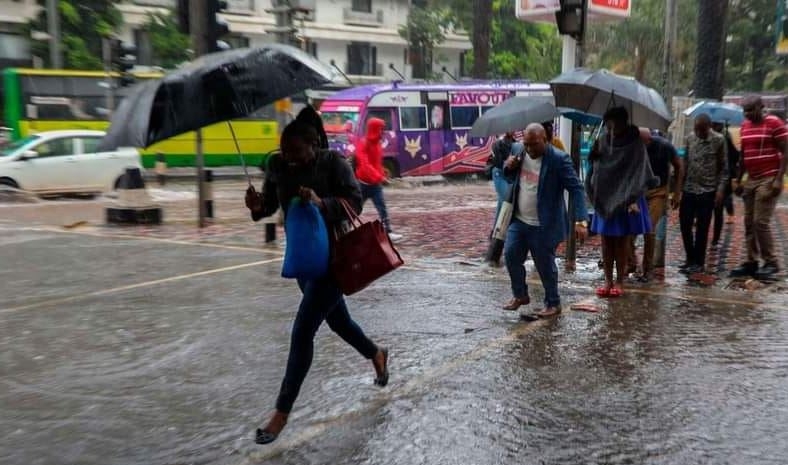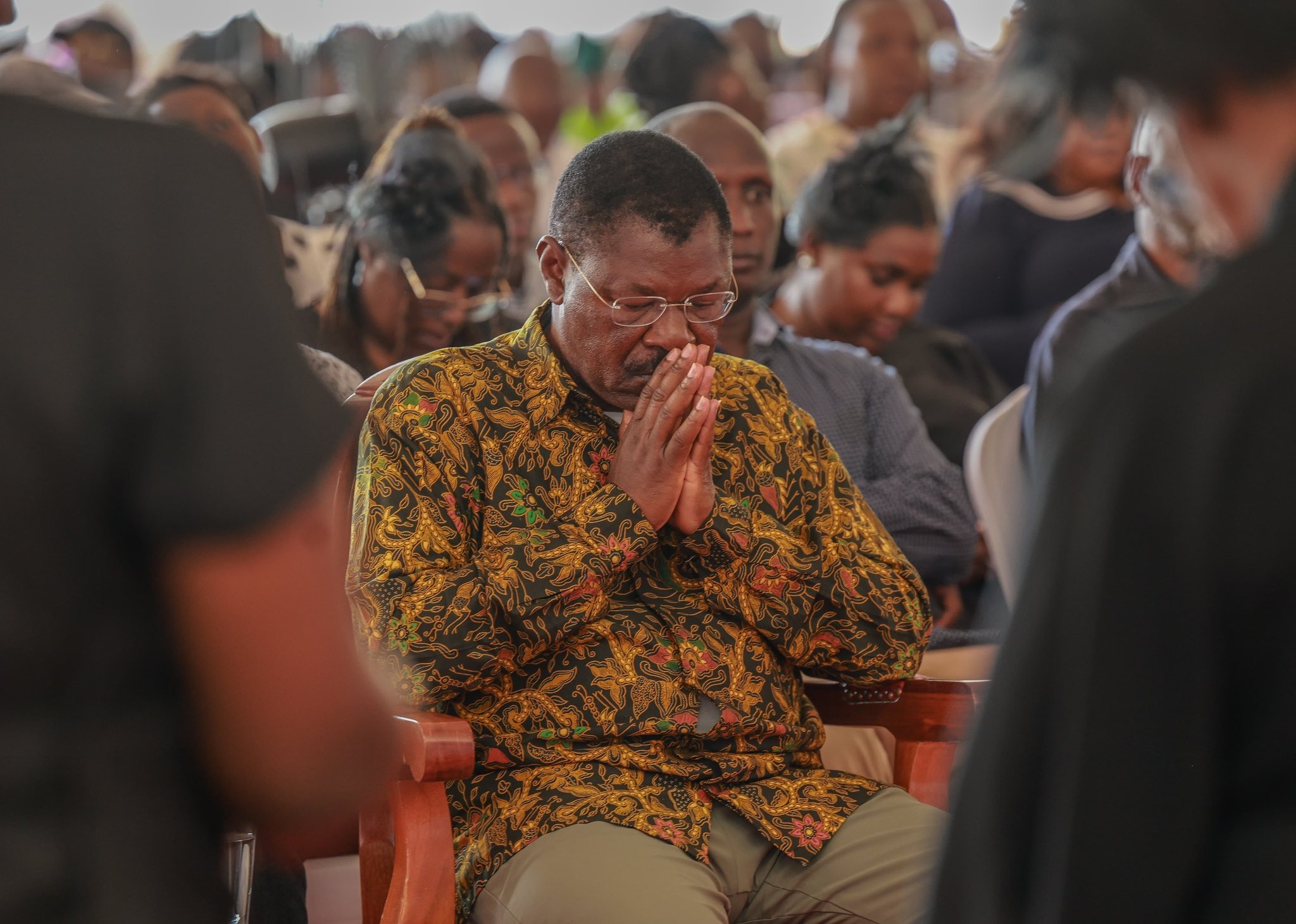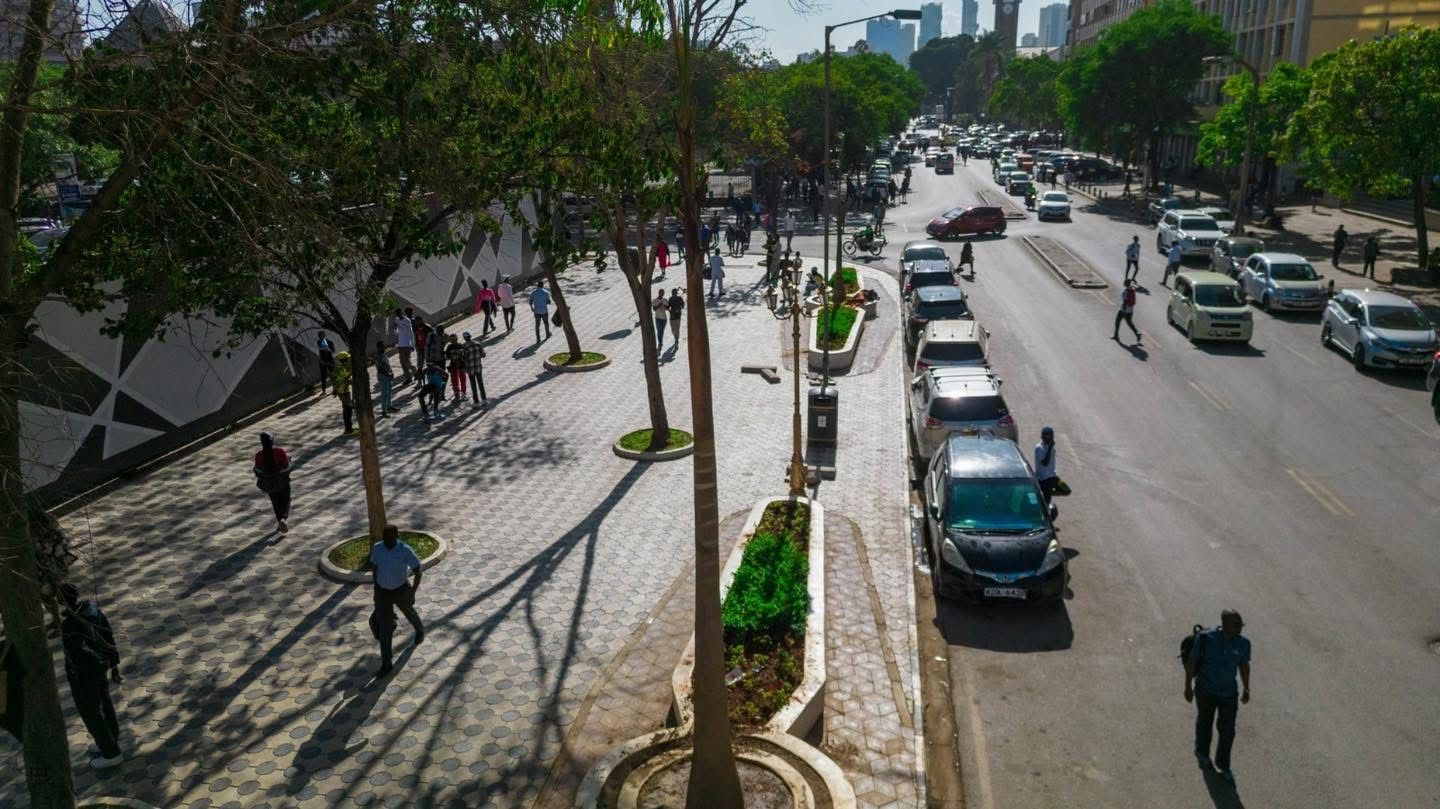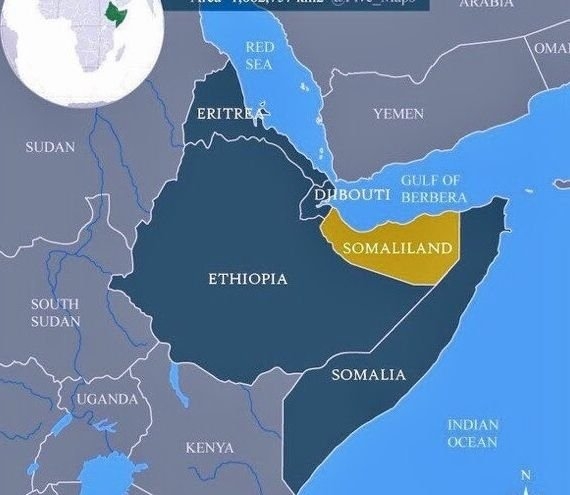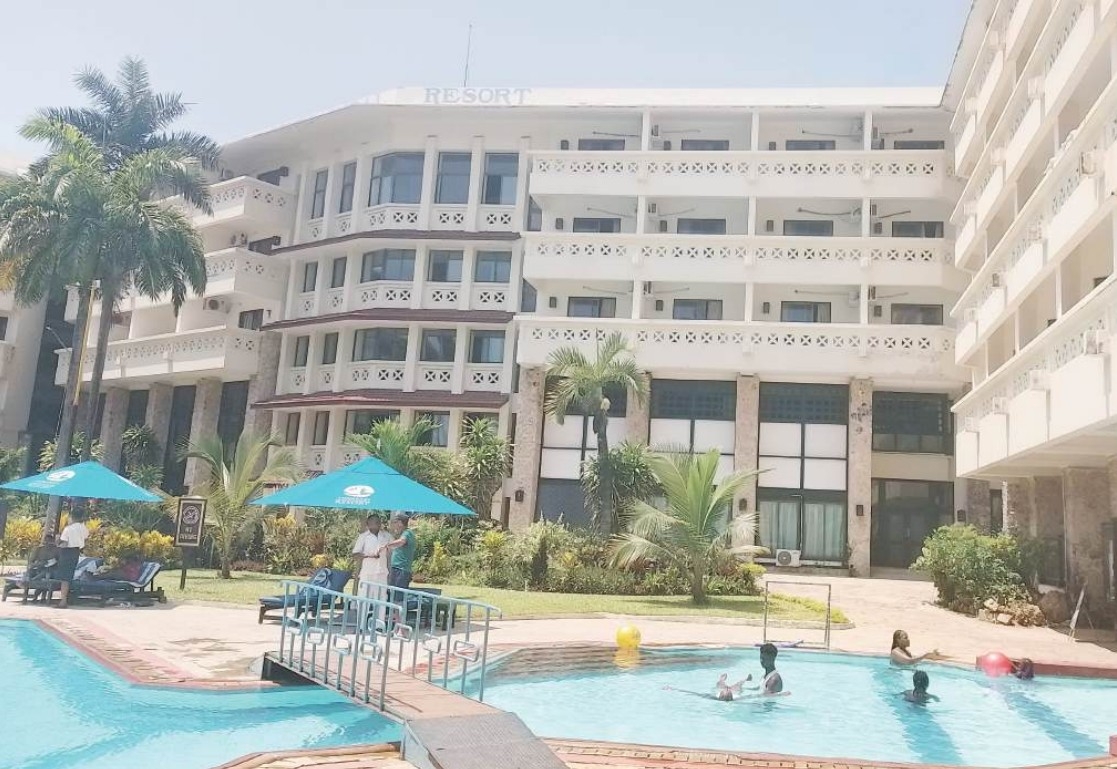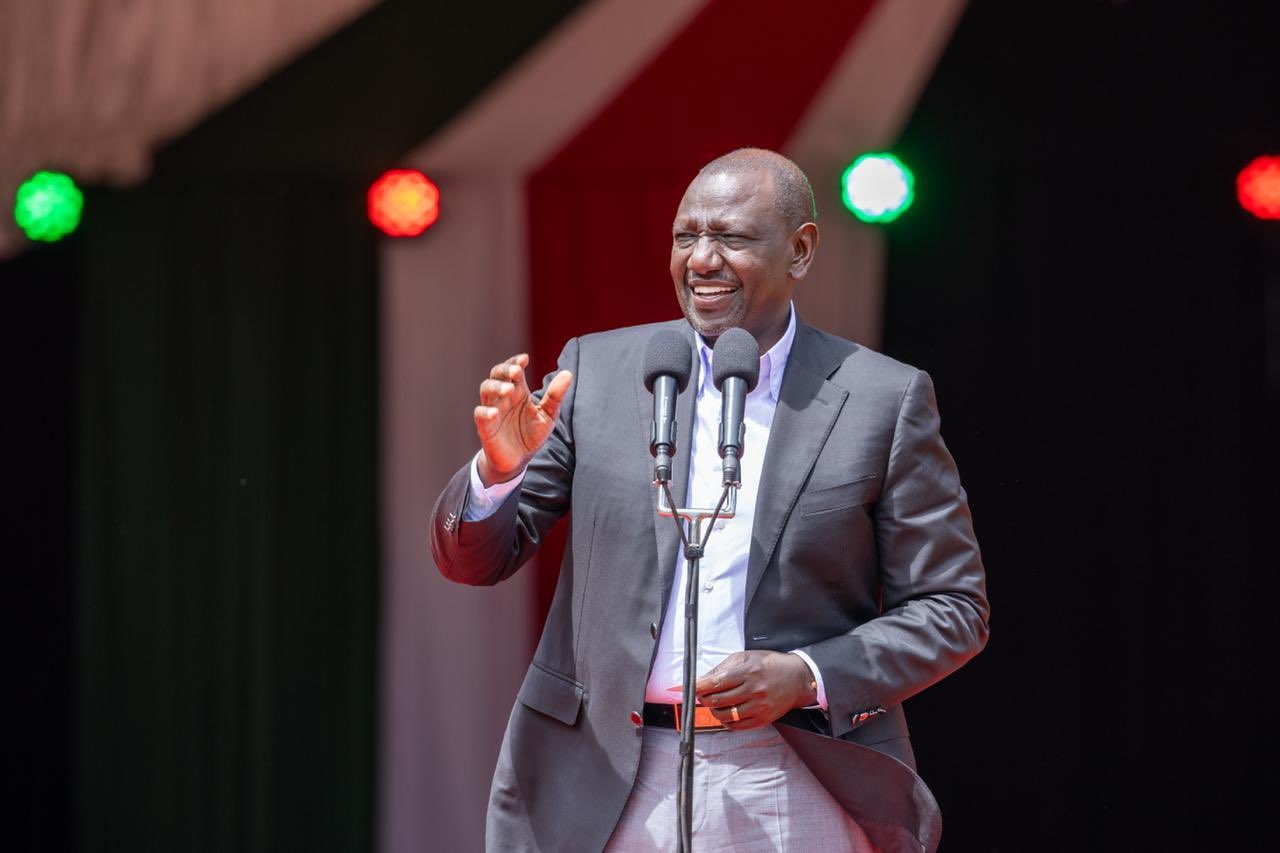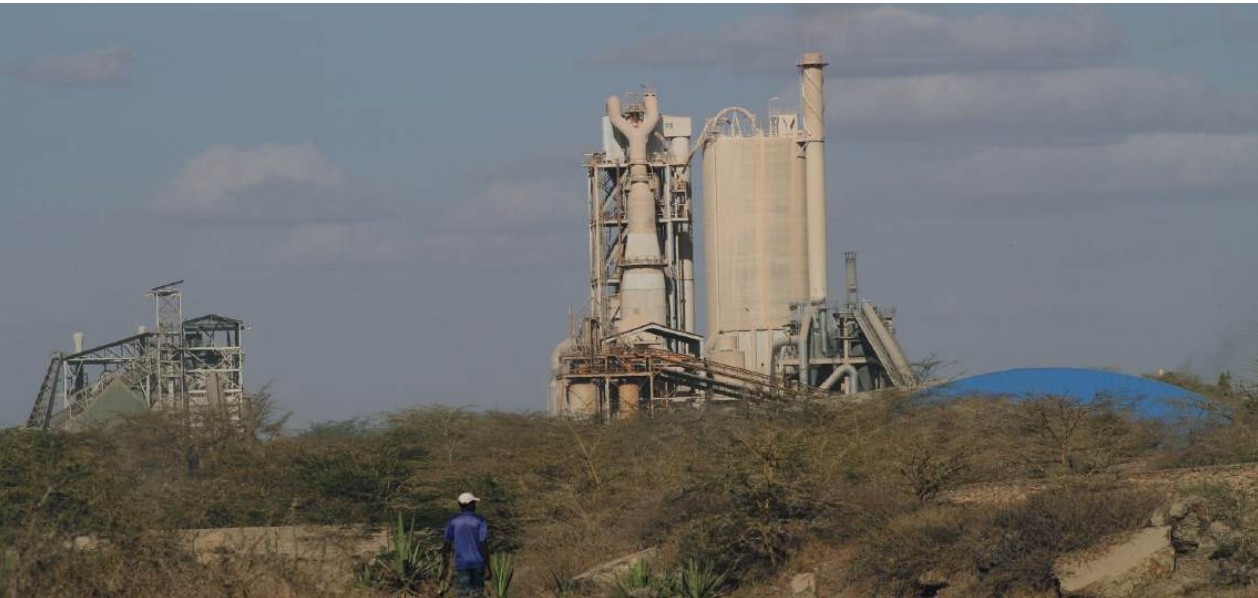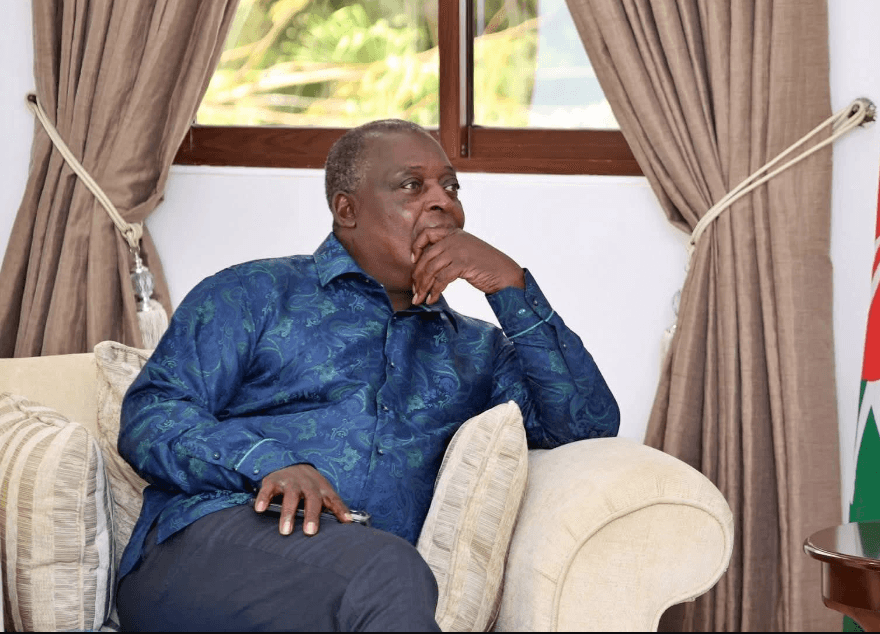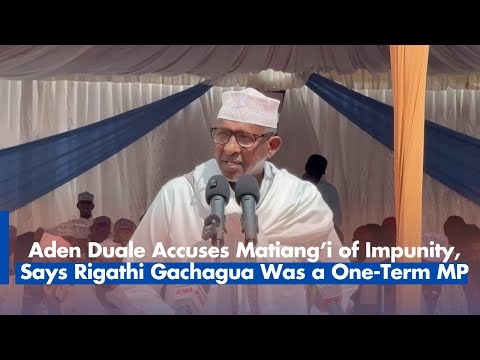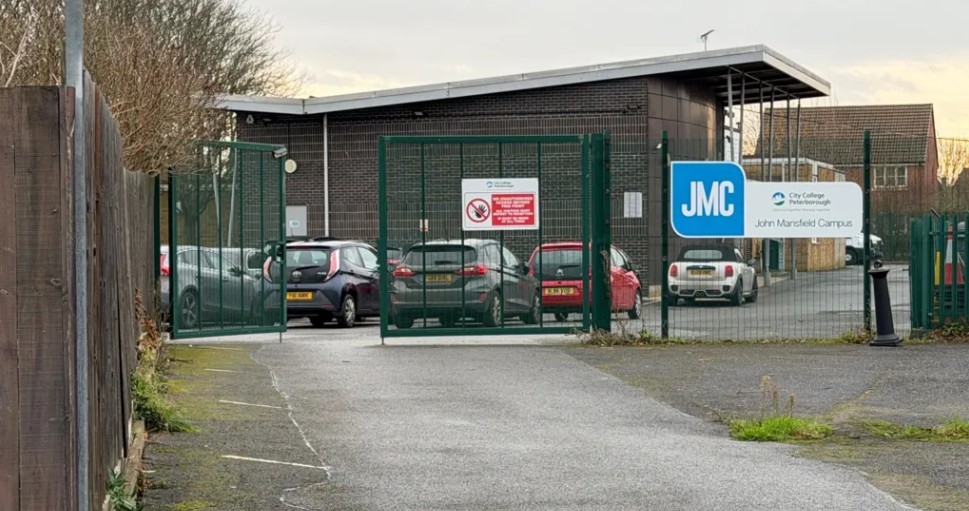A light aircraft roared into the Maasai Mau forest skies with the mission of salvaging the highly degraded water tower. On board were a thousand seeds that were dispersed that day.
Environment CS Keriako Tobiko led the October 1 drive, themed ‘Restore Mau, Save the Mara-Serengeti Ecosystem, Save Lives’.
Some 200,000 seedlings were planted manually that day, to complement the over four million planted through aerial seeding.
The government undertook phase I of the operations to recover Maasai Mau Forest in July-August last year. A total of 11,119.725 acres of forest land was recovered in Nkoben and Kosia areas.
This would be followed by the second phase, an operation targeting Sierra Leone and surrounding areas, popularly known as ‘status quo area’, measuring approximately 42,007.85 acres of forest land.
The 60-day window for people to voluntarily move out lapsed on October 30. The squatters were kicked out despite protests from leaders opposed to the move.
Responding to criticism from Kalenjin politicians, Tobiko said, "It has been 30 years of stories after stories on why evictions from Mau cannot be done. A narrative has been grafted that this is an individual’s agenda. Nothing can be further from the truth."
He said the process has been humane and that no bullet was fired. "No houses have been burned contrary to what politicians say in funerals and Barazas,” Tobiko said.
The CS said the illegal settlers were not moved out because the government hated them. On the contrary, he said, millions have been subjected to suffering due to forest encroachment.
The government said the area was occupied by illegal settlers who came in through the ballooning of five group ranches' adjudication sections.
The forest is one of the forest blocks of Mau Forest Complex and is registered as a trust land under the Trust Land Act. It covers an area of 114,355.2519 acres.
AERIAL SEEDING
Kenya Forestry Research Institute (Kefri) R&D senior deputy director Dr Jane Njuguna said aerial seeding enhances regeneration by increasing the number of fresh seeding in the soil.
"This is especially in areas where crop cultivation has been done for a long time and is, therefore, a key element in aiding natural restoration of degraded forests, water catchments, arid and semi-arid lands and woodlands," she said.
Seeds in nature are dispersed through various means and mediums. These include wind, water, anthropogenic, animals, birds and various modes of transport (air, sea, road and rail). Other means include human movements, exchange of planting materials that directly or indirectly disperse seed and other propagative materials between sites and regions.
Aerial seeding is a technique of sowing seeds by spraying them through aerial mechanical means, such as using drones, planes or helicopters.
It is especially important in reseeding large open spaces, areas with difficult terrains and/or inaccessible areas at high elevations.
Njuguna said the technique is cost-effective and, therefore, saves time and money used in conventional planting.
"We propose that it is the quickest and perhaps the most cost-effective method of achieving and maintaining the 10 per cent tree cover by 2022," she said.
"It will also help in meeting the country’s target of African Landscapes Restoration Initiative 100 of restoring 5.5 million ha of degraded lands in Kenya."
Kefri is among those implementing the National Strategy, which aims to achieve and maintain over 10 per cent tree cover by 2022. The current forest cover is 7.2 per cent.
Kefri is implementing key activities, which include providing high-quality tree propagation materials, establishing various types of forests (including plantations), rehabilitating degraded water catchment areas and forested landscapes, and agroforestry.
It is also implementing various activities aimed at restoring degraded woodlands and environmental conservation for socioeconomic development.
Njuguna said the institute has since increased its capacity to produce tree seed from 20 tons to 50 tons, focusing on indigenous tree species that are better-suited to the environment.
Kefri is also leading in the promotion of innovative technologies that include the use of aerial seeding to speed forest restoration, forest regeneration, protection and planting.
The institute is also promoting the use of unmanned aerial vehicles (UAVs) or drones in forest surveillance, monitoring and reporting.
Under the 10 per cent tree cover strategy, Kefri proposed to conduct aerial seeding to restore 9,884.2 acres of degraded forest areas, open gap and fire-ravaged areas in Maasai Mau, Eburu 1,235.525 acres, Aberdares 6,177.625 acres and Mt Kenya forest 7,413.15 acres.
WHY AERIAL SEEDING
On October 1, seeds of 13 species that had been selected for aerial seeding were planted. These included Calodendrumcapense (Cape Chestnut), Cordiaafricana (Muringa), Croton megalocarpus (Mukinduri) and Dombeyatorrida (Forest dombeya).
Others are Hageniaabyssinica (African redwood), Juniperusprocera (Pencil cedar), Maesopsiseminii (Mama Mutere), Markhamalutea(Nile Tulip), Oleacapensis (black ironwood), Podocarpusfalcatus(Podo), Polysciasfulva (Parasol tree), Vitexkeniensis (Meru oak) and Zanthoxylumgilletii (African satinwood).
A total of 1,981kg from the 13 tree species was broadcasted in Maasai Mau. This is estimated to have included approximately 60 million individual seeds, which will yield an estimated 30 million seedlings at a conservative germination rate of 50 per cent.
The effective stocking rate, discounting for damages, losses and predation by birds and rodents, is calculated to be approximately 7,500 seedlings per ha.
The high-starting stocking density takes care of the various conditions described in the biblical parable of the sower.
Njuguna said numbers do not lie. "In the Maasai Mau site, over 10 million seedlings are expected to be planted at an average cost of Sh30 per seedling," she said.
"Together with labour for pitting and planting at Sh20, the cost is calculated to be at least Sh50 per seedling, translating to Sh50 million, excluding mobilisation, transport of seedlings, supervision and time taken to raise the seedlings."
Further, assuming manual planting of 5,000 seedlings per day, it will take approximately six years or more to fully replant Maasai Mau only.
Aerial seeding of the mapped 9,884.2 acres costs on average Sh15 million, realising 20,000,000 million seedlings. The work was completed within three days or at most one week.
Njuguna said aerial seeding is not a new technology. "It has been used in other sectors and countries with considerable success," she said.
The first aerial seeding was carried out in Block 1 of the same site in September last year, led by Narok Senator Ledama Olekina, supported by Kefri, Kenya Forest Service, Seed Balls Kenya and Farmland Aviation Kenya Ltd.
It covered approximately 1,400 ha in two hours. At least 20 million seeds were planted.
MONITORING SURVIVAL
Despite the adoption of innovative approaches, challenges remain as there are no mechanisms of monitoring the survival rates.
However, Kefri is coming up with an app that will be used to monitor the survival rates. Njuguna said the app is at its final stage.
"We do not have a database of who is doing what. The app will also enable those who want to plant trees to know the best species," she said.
Njuguna said green ambassadors will be monitoring trees planted before feeding data into the app. Other details it will include are vendors details and species suitable for planting.
Njuguna said they are also promoting the use of drone technology to monitor illegal activities in forests. Drones are also critical in determining parameters such as canopy cover, the number of trees, volume estimation, vitality or composition.
The use of drones can enable quick and accurate determination of canopy cover.


